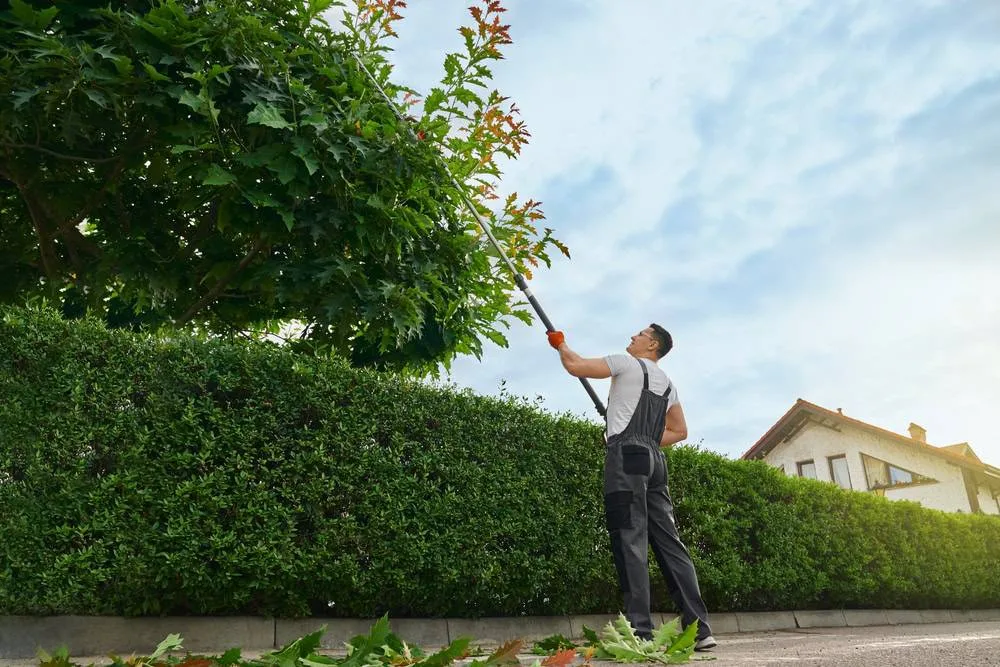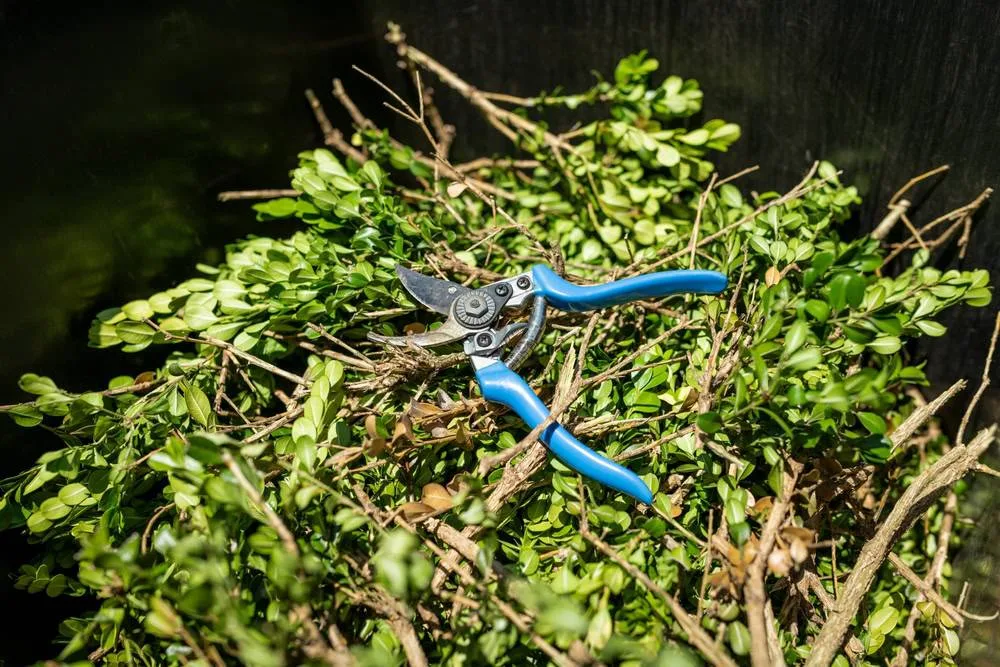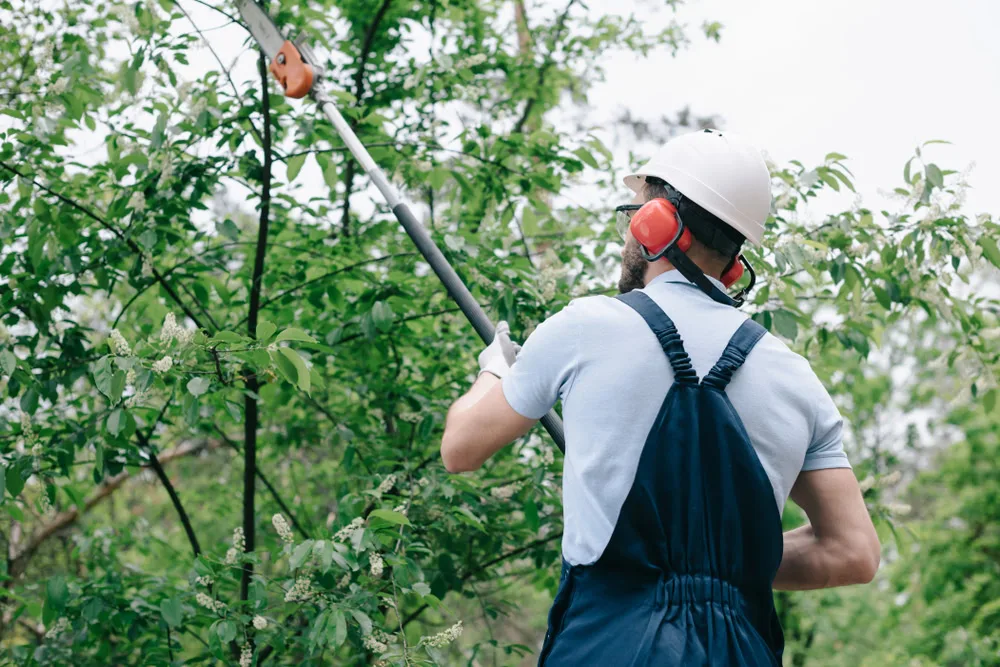Tree Trimming in Glen Head, NY
Keep Your Trees Healthy and Safe
Professional tree trimming that protects your property while promoting healthy growth and longevity.

Hear from Our Customers

Professional Tree Care Glen Head
Your trees become safer, healthier, and more attractive when trimmed correctly. Dead branches that could fall during the next storm get removed before they cause damage. Overgrown limbs that block your view or scrape your roof get cut back to proper lengths.
Healthy trees also mean better property values. Well-maintained trees can add thousands to your home’s worth, while neglected ones become liabilities. You get the peace of mind that comes from knowing your trees won’t surprise you with expensive problems.
The right trimming techniques promote new growth in the right directions. Your trees develop stronger branch structures that can handle Long Island’s weather patterns. Instead of fighting against overgrowth every few years, you maintain trees that enhance your property for decades.
Glen Head Tree Service Experts
Green Light Tree Services has been working with Glen Head homeowners for years, handling everything from routine maintenance to emergency storm cleanup. We understand how local weather patterns affect different tree species and what trimming approaches work best in this area.
Licensed arborists handle every job, not just general laborers with chainsaws. You get professionals who can identify disease, assess structural integrity, and make cuts that promote healthy growth rather than damage trees.
We maintain full insurance coverage and follow proper safety protocols on every job. You don’t have to worry about liability issues or property damage when the work is being done.

Tree Trimming Process Glen Head
First, a certified arborist evaluates your trees to identify what needs trimming and why. You get an explanation of which branches should be removed, what the goals are, and how the work will be done safely. No guesswork or generic approaches.
The actual trimming follows proper arborist techniques that promote healing and prevent disease. Cuts are made at the right angles and locations to encourage healthy growth. Equipment gets positioned to protect your landscaping and property during the work.
Cleanup happens as part of the service, not an extra charge. All branches, leaves, and debris get removed from your property. You’re left with properly trimmed trees and a clean yard, ready to enjoy the improved appearance and safety.

Ready to get started?
Complete Tree Maintenance Services
Every tree trimming job includes a thorough assessment by licensed arborists who can spot potential problems before they become expensive emergencies. You get expert evaluation of tree health, structural integrity, and growth patterns specific to your property.
The actual trimming work removes dead, diseased, or damaged branches that pose safety risks. Overgrown limbs that interfere with structures, power lines, or views get cut back properly. Crown thinning improves air circulation and reduces wind resistance during storms.
Glen Head’s mature trees often need specialized techniques that preserve their character while addressing safety concerns. We handle delicate work around historic specimens and valuable shade trees that define neighborhood properties. Complete debris removal and site cleanup ensure your property looks better than before the work started.
